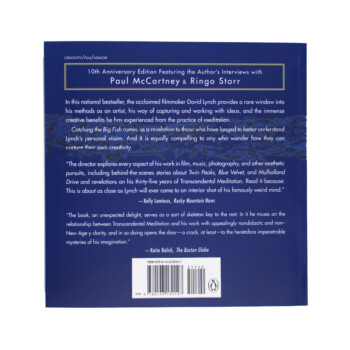In 17th century Vlissingen, more than a third of the local economy was linked to slavery. Personal histories are also addressed in this book. On the cover you see Wange van Bali who lived in Delft. He was born into slavery in the Dutch East Indies. The network of the VOC, WIC and Middelburgse Commercie Compagnie was of eminent importance worldwide and nationally. Use this guide to discover city and countryside; you will be surprised and want to know more of what you come across.
Unlike the previous publications the new ‚Gids Slavernijverleden Nederland / The Netherlands Slavery Heritage Guide‘ will not focus on a single city or region. Instead, its focus is the slavery heritage of the Netherlands as a whole. For 18 cities and regions each, five prominent locations will be shown and a sometimes well known, but occasionally also unknown tale will be told. Next to these sets, there are five locations that have some national significance and five that have international connections. All in all 100 locations are shown. This way the Guide shows how widespread the connectedness to slavery was. Common denominator in all cases is the connection to slavery. This connection can be abolitionism, the ownership of or profiting from the labor of the enslaved, or simple the trade in colonial wares that were the result of slave labor. The Guide is like previous publications bilingual and richly illustrated. Apart from descriptions and maps on the various locations, the guide provides a number of thematic chapters that provide some necessary background on the Dutch slavery past.
















Bewertungen
Es gibt noch keine Bewertungen.